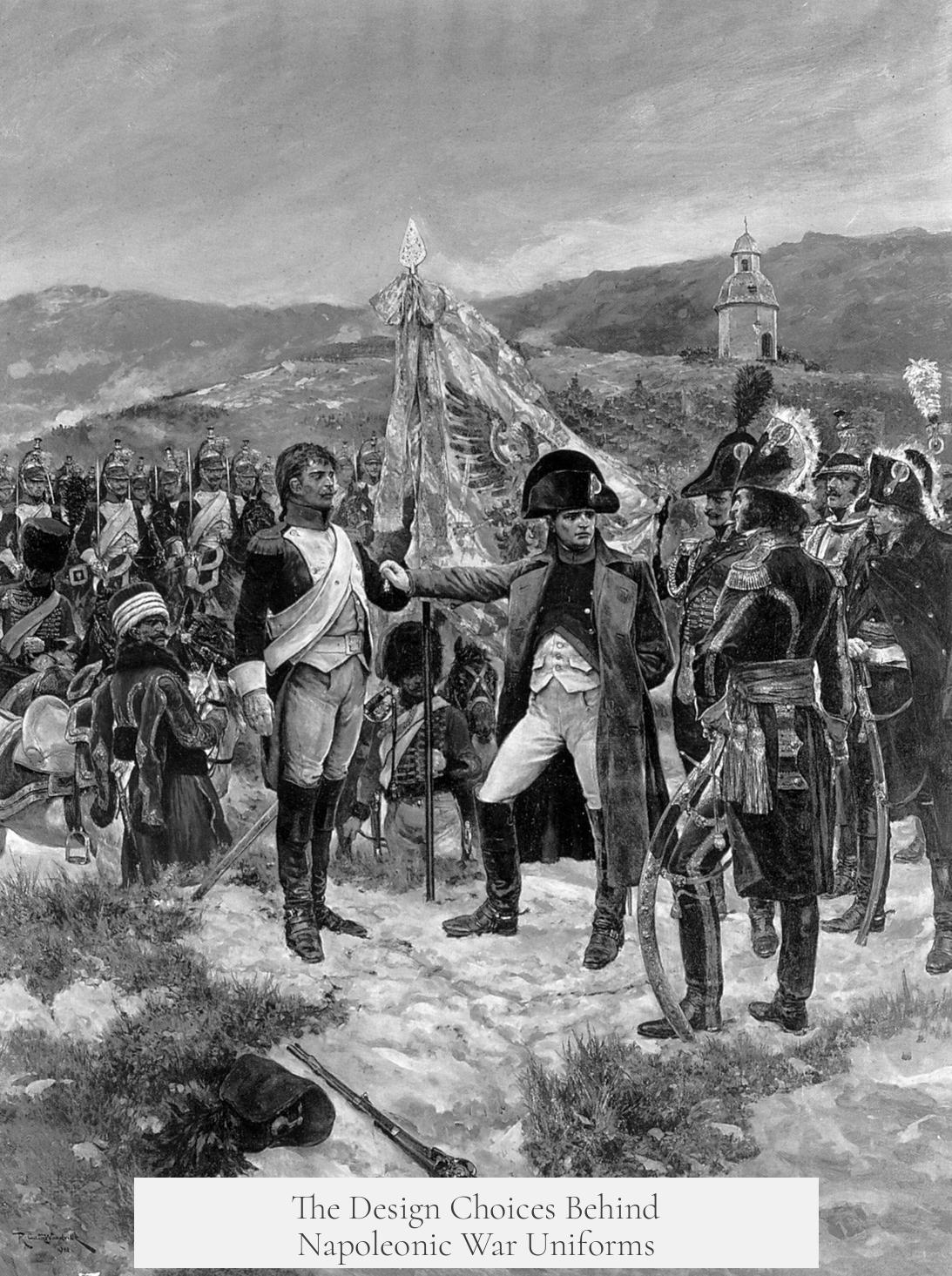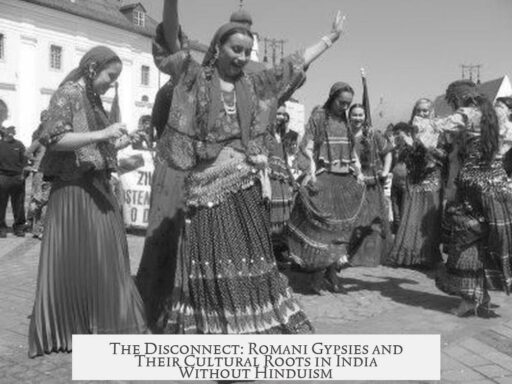The uniforms during the Napoleonic Wars were designed to balance practicality, identification, psychological impact, fashion influence, material function, and logistical realities. These elements combined to meet the demands of warfare, troop morale, and tradition.
During this era, armies fought mainly in close formations. This required soldiers to recognize comrades quickly amidst battlefield chaos. Thus, uniforms featured vivid colors, distinct facings, lace patterns, and metal insignia to distinguish units visually, aiding command and cohesion. These identifiers served less to tell friend from foe and more to proclaim each unit’s unique identity and heritage. Regiments displayed proud traditions encoded in their designs, fostering rivalry and respect among troops.
Practicality shaped uniform construction. Uniforms needed to endure long campaigns with scarce supply lines, often in hostile or variable climates. Wool was the common fabric chosen for its durability, availability, and dye absorption. While thick and heavy, wool breathed better than expected and layered well with linen or cotton, allowing moisture management. Yet, uniforms could be uncomfortable in warm weather or during forced marches. Soldiers often modified or replaced parts with locally sourced clothing suited to terrain or weather. For example, British troops in North America trimmed long coat tails, and French soldiers in Spain used smocks for relief.
The design also prioritized morale and battlefield psychology. Napoleonic uniforms were deliberately flashy and imposing. Tall shakos, epaulettes, bearskin hats, and ornamental wings on shoulders made soldiers appear larger and more formidable. British generals believed that soldiers wearing elegant uniforms fought better due to boosted confidence and esprit de corps. Higher quality and more elaborate uniforms indicated elite status, intimidating enemies before combat began. This psychological effect was a key function, sometimes valued more than comfort or protection.
Fashion trends significantly influenced uniform styles during these wars. The spread of the Hussar style, originating in Hungary, is a prime example of how aesthetics crossed national boundaries. This light cavalry fashion became common across European armies within decades. Military uniforms often borrowed designs from successful rivals or allies, sometimes adopting captured enemy accoutrements as trophies. For instance, British Foot Guards wore bearskins after defeating Napoleon’s Imperial Guard units at Waterloo, symbolizing their honor and battlefield achievement.
Logistical constraints also dictated uniform design and supply. Armies faced constant difficulties provisioning troops with consistent clothing. Soldiers were at times poorly clothed, relying on local purchases or enemy gear due to broken supply lines. Durability was critical because replacements could be scarce. Opportunistic procurement led to variations in color, weave, and quality, adding to the complexity of uniform appearance throughout campaigns.
Napoleon’s own uniform choices reflected a blend of practicality and symbol. He mostly wore simple colonel’s uniforms of his personal guards, avoiding excessive adornment even though elaborate ceremonial robes existed for occasions like his coronation. His daily attire projected disciplined command while signaling his leadership and connection to elite units. He also selected greatcoats and fur-lined garments for warmth during harsh campaigns, prioritizing function amidst his iconography.
| Aspect | Reason for Design |
|---|---|
| Battlefield Identification | Distinctive colors and insignias enabled quick unit recognition in tight formations. |
| Durability | Wool fabrics and robust tailoring ensured uniforms lasted long campaigns with limited resupply. |
| Morale and Psychology | Flashy, imposing designs boosted soldier confidence and intimidated enemies. |
| Fashion Influence | Popular European military styles crossed borders, influencing uniform trends. |
| Logistical Realities | Supply issues led to variation and necessity-driven adaptations in uniforms. |
| Leadership Symbolism | Napoleon’s uniform emphasized authority, simple practical command, and elite affiliation. |
The colorful, complex designs of Napoleonic uniforms served multiple roles beyond functionality. They communicated unit pride and history, enhanced battlefield command, and shaped morale. The flamboyance symbolized power and identity during a time when military prestige was critical both at home and abroad. Uniforms blended fashion, tradition, and practicality under supply and combat pressures.
These uniforms have influenced military attire far beyond their era. Their design reflects how practical needs, symbolic messaging, and psychological warfare intersected in the Napoleonic Wars.
- Uniform designs enabled easy unit identification in complex battlefield conditions.
- Durable wool and robust sewing supported long campaigns amid supply challenges.
- Flashy, imposing style boosted soldier morale and created psychological advantage.
- European fashion trends and captured trophies influenced uniform evolution.
- Local adaptations and supply shortages caused variation in uniform quality and style.
- Napoleon’s own attire balanced simplicity, authority, and symbolic elite status.




